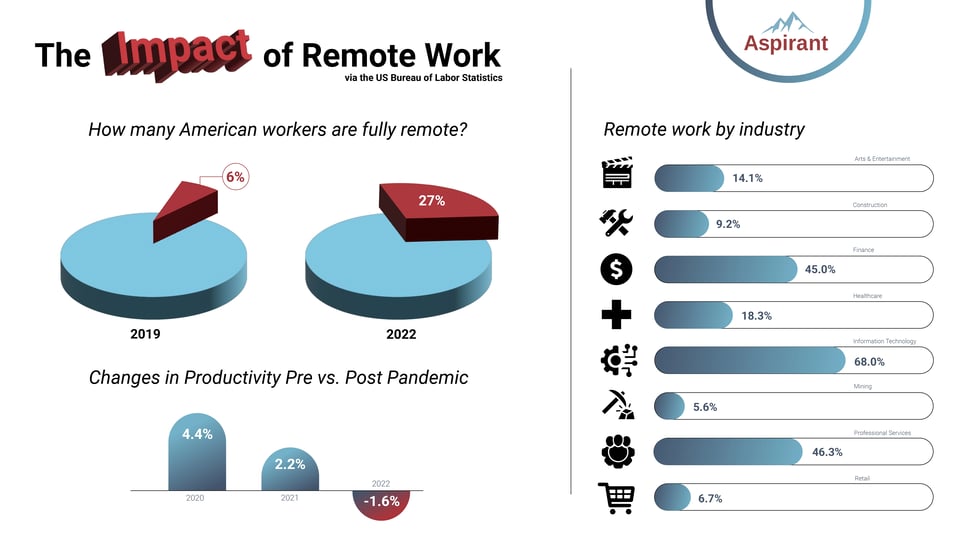by Patty Silbert
June 21, 2023
Many employees express a sense of fulfillment when working from home. The freedom from commuting saves time and reduces expenses, with studies showing potential annual savings of thousands of dollars. Beyond financial benefits, remote work offers increased flexibility, improved work-life balance, and reduced stress levels for some employees. ZipRecruiter even reported a decreased employee turnover due to implementing remote work policies. This suggests that employees value the autonomy and convenience that remote work provides.

Some executives argue that being physically present in the office is essential for productivity and the success of their organizations. Martha Stewart recently voiced her opinion, suggesting that a three-day office workweek coupled with two days of remote work is insufficient to achieve optimal outcomes. She further alluded to France's work culture, highlighting her belief that a reduced work schedule leads to an unproductive society. However, it's crucial to examine whether this perspective is rooted in the executives' desires or the employees' preferences. And most importantly, are executives willing to risk the turnover that may come from overturning a work-from-home policy?
One of the primary concerns for executives in favor of in-office work is the ability to measure employee productivity effectively. They believe that having employees physically present allows for closer monitoring and control. However, with technological advancements and the availability of remote work tools, measuring productivity is no longer limited to physical presence. Various digital platforms and performance tracking systems enable supervisors to monitor and assess work progress irrespective of the employee's location. Moreover, the desire for transparency and trust within the workplace has become increasingly important to employees. They expect leaders to be transparent when they manage remotely, fostering an environment where trust can thrive. When implemented effectively, remote work can promote transparency by encouraging open communication, clear expectations, and shared accountability. By trusting employees to work remotely, organizations can build stronger relationships with their workforce.
Recognizing the diverse preferences and needs of both executives and employees, many organizations have adopted a hybrid approach. This model combines the benefits of both remote work and in-office collaboration. It allows employees flexibility while also providing opportunities for in-person collaboration, team building, and social interaction. By striking a balance between remote and office work, organizations can cater to the desires of both executives and employees, fostering a productive and engaged workforce.
The debate surrounding remote work versus in-office work continues to evolve as we navigate the changing world. While executives may emphasize the importance of physical presence in the office, employees increasingly value remote work's benefits, such as flexibility, cost savings, and improved work-life balance. Measuring productivity and building trust are essential considerations in this discussion. Ultimately, finding a middle ground through a fully remote or hybrid approach may offer the best solution, enabling organizations to adapt to the changing work landscape and meet the needs of both executives and employees.
Do you need help attracting and retaining top talent with flexible work options that appeal to both employees and employers? Contact Aspirant RPO by filling out the form below to see how we can help you with all your RPO needs!